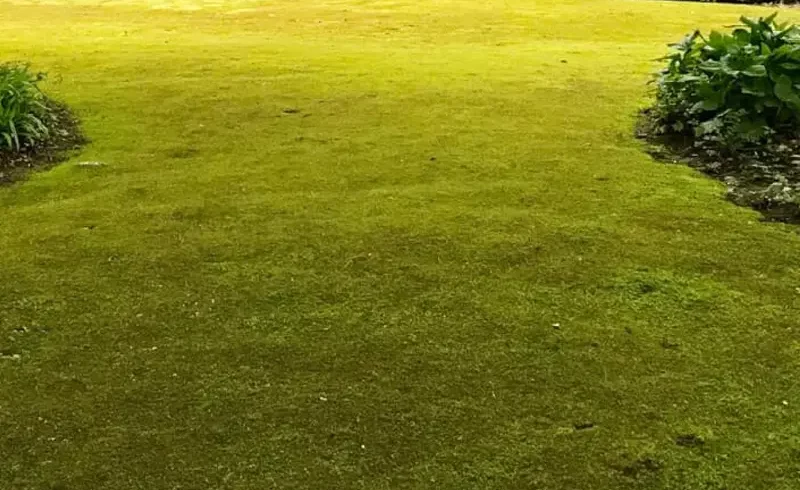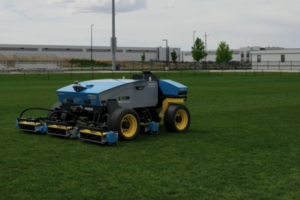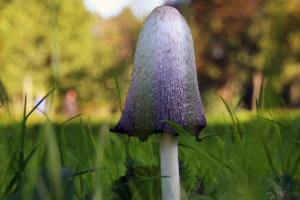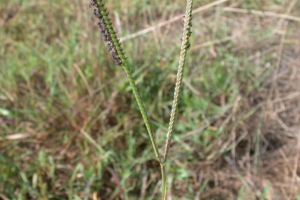
In an era of environmental consciousness, the traditional grass lawn is being reevaluated for its ecological impact. As homeowners and city planners seek more sustainable alternatives, two contenders have emerged: moss and rock lawns. This article explores these alternatives’ benefits and challenges, drawing on experts’ insights and recent regional developments.
The Case for Rock Lawns
Rock lawns, also known as xeriscaping, are gaining popularity, especially in arid regions where water conservation is a priority. These landscapes, which replace grass with rocks, gravel, and drought-tolerant plants, offer several advantages. They require less water, little to no mowing, and minimal maintenance, making them an eco-friendly and cost-effective alternative to traditional lawns.
In Scottsdale, Arizona, for instance, the city council has taken a bold step toward water conservation. As of August 15, grass lawns will be a thing of the past for new homes in the city. The council unanimously passed an ordinance banning them, aiming to exceed its goals of reducing water usage by 5% or more. The decision was backed by 86% of Scottsdale water consumers surveyed in June, demonstrating strong public support for sustainable practices. 1
Moss Lawns: A Green Alternative
Conversely, moss lawns present a lush, green alternative to grass that thrives in shaded, moist environments. Moss is an incredibly resilient plant that can grow in areas where grass struggles, such as under trees. It requires less water, no fertilizer, and no mowing, making it a low-maintenance option for homeowners.
Moss also offers benefits for local ecosystems. It provides a habitat for beneficial insects and absorbs more carbon dioxide than grass, contributing to efforts to combat climate change. Experts also note that moss lawns can improve soil health, prevent erosion, and even suppress weed growth. 2 3
A Tale of Two Lawns
The choice between rock and moss lawns depends mainly on local climate conditions. In arid regions like Arizona, rock lawns are a practical choice that conserves water and withstands high temperatures. In contrast, moss lawns are better suited to cooler, shaded areas with higher rainfall.
However, both alternatives represent a shift away from the resource-intensive traditional grass lawn. They reflect a growing recognition of the need for sustainable landscaping practices that conserve water, reduce carbon emissions, and support local biodiversity.
Challenges and Controversies
Despite their benefits, the transition to rock and moss lawns is not without challenges. Some homeowners may resist the change due to aesthetic preferences or concerns about home value. There are also practical considerations, such as the initial cost of installing a rock or moss lawn and the need for specialized knowledge to maintain them.
The decision to ban grass lawns in new homes in Scottsdale has sparked controversy. The nearby community of Rio Verde Foothills, which faced difficulties accessing water after Scottsdale stopped providing it earlier this year, has been particularly affected. The state government eventually intervened, requiring Scottsdale to provide water through a “standpipe district.” 4
Looking Ahead
As the effects of climate change become increasingly apparent, the need for sustainable landscaping practices is more urgent than ever. Rock and moss lawns offer promising alternatives to traditional grass, but their adoption will require public education, supportive policies, and a willingness to embrace new norms. As the experiences of places like Scottsdale show, this transition may not be easy, but it is a necessary part of our collective effort to create a more sustainable future.
Footnotes

Bob Green, a passionate lawn care enthusiast with over two decades of landscaping experience, is this website’s proud owner. His vast knowledge of horticulture and dedication to helping homeowners maintain beautiful lawns are reflected in the valuable content he shares on his platform. John has always been interested in Agrostology.













